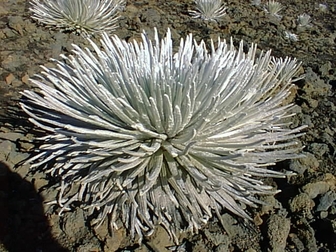Deserts and xeric shrublands

Facts about Deserts and xeric shrublands
Deserts and xeric shrublands is a biome characterized by, relating to,
or requiring only a small amount of moisture.
Worldwide, Deserts and Xeric Shrublands vary greatly in the amount of
annual rainfall they receive; generally, however, evaporation exceeds
rainfall in these ecoregions, usually less than 10 inches annually.
Temperature variability is also extremely diverse in these remarkable
lands.
Deserts and xeric shrublands receive an annual average rainfall of ten
inches or less, and have an arid or hyperarid climate, characterized
by a strong moisture deficit, where annual potential loss of moisture
from evapotranspiration well exceeds the moisture received as
rainfall.
Open Results in New Window Deserts and xeric shrublands is a biome
characterized by, relating
to, or requiring only Deserts and xeric shrublands receive an annual
average rainfall of
en.wikipedia.org/wiki/Deserts_and_xeric_shr...
Deserts and xeric shrublands is a biome characterized by a dry
climate. Deserts and xeric shrublands occur in tropical, subtropical,
and temperate climate regions.
Deserts and xeric shrublands occur in tropical,
subtropical, and temperate climate regions.
Desert soils tend to be sandy or rocky, and low in organic materials.
Saline or alkaline soils are common.
Deserts and xeric shrublands is a biome characterized by, relating to,
or requiring only a small amount of moisture.
Read more at Wikipedia
This entry is from Wikipedia, the user-contributed encyclopedia.
